Last fall, we in the Archives received a request, as we often do, from the History Department of Christopher Newport University, to provide an internship opportunity for a young man who was to graduate the following spring. Usually this is not difficult for us. This year, however, we could think of nothing to do for young Thomas Fosdick (the CNU student in question) and nearly gave up. The pandemic made it impossible for him to come on site and work on archival material. However, both Bill Barker (fellow archivist) and I knew that log book transcriptions could work. So I found a small logbook dating from the Civil War kept by the captain of the steamer Andrew Harder. But my choice of Log 192 involved an inherent mystery we had hoped Thomas might be able to solve for us. Who was this diarist?
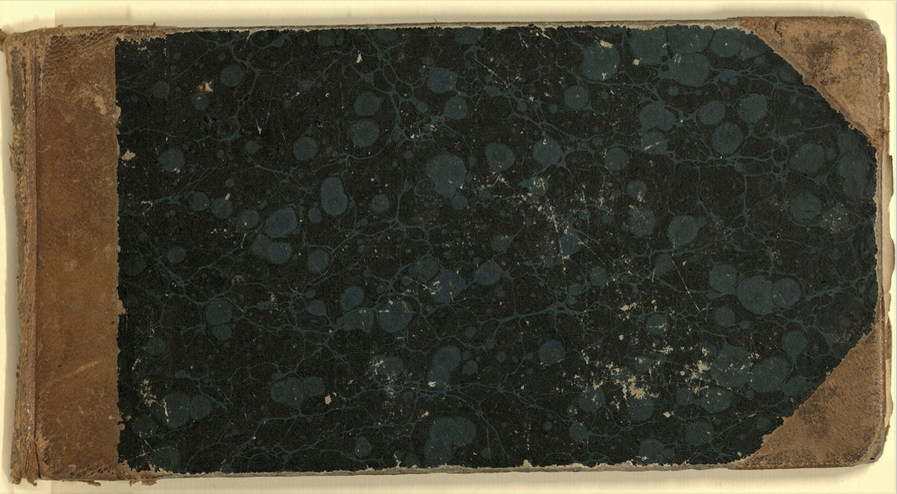
The transport Andrew Harder
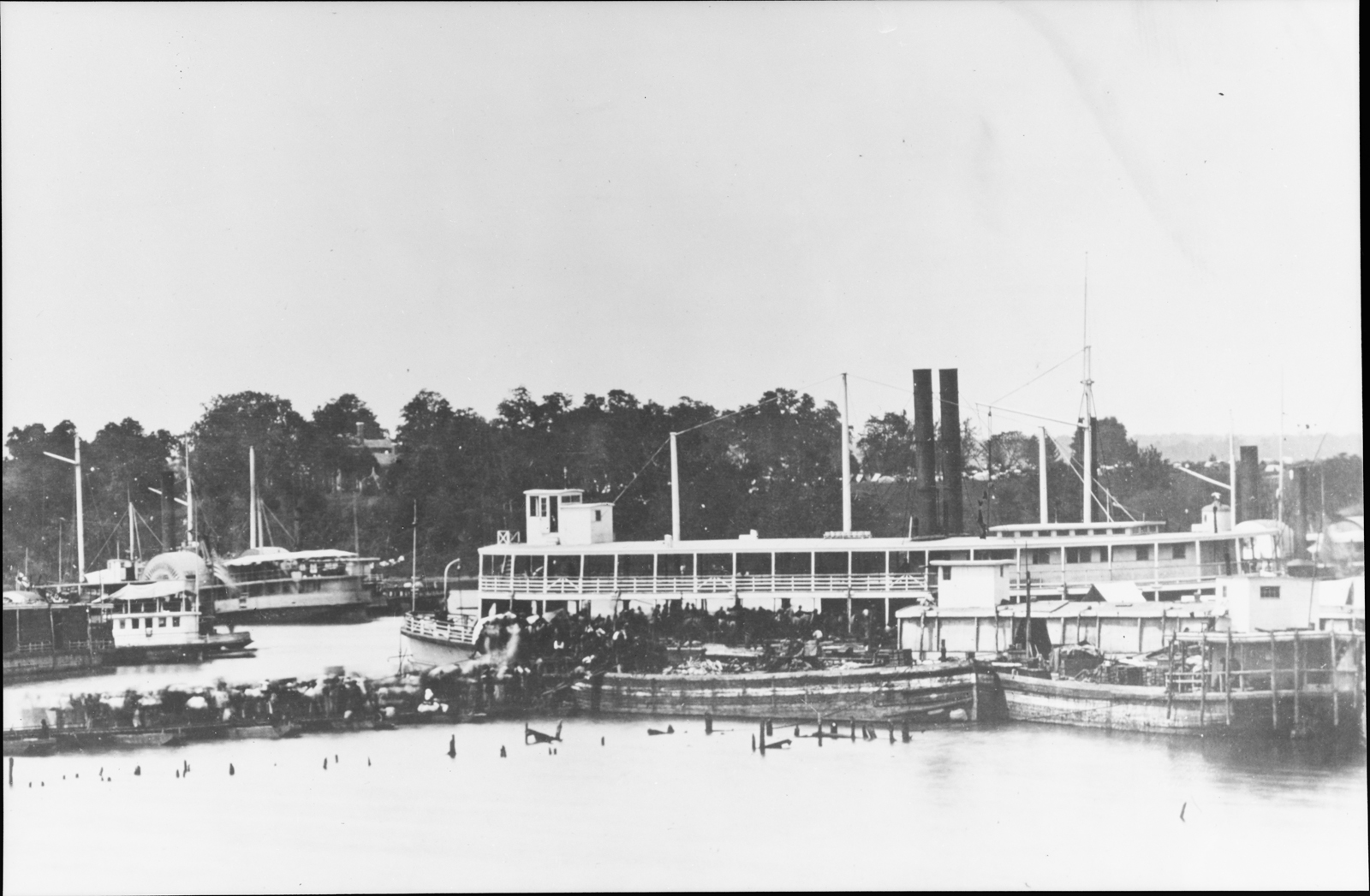
Before really tackling the problem of the diarist’s identity, we had to know basic facts about the service of this steamer. The Andrew Harder was a practically new vessel, a screw steamboat built in 1863 for service on the Hudson River between Stuyvesant, NY and New York City.
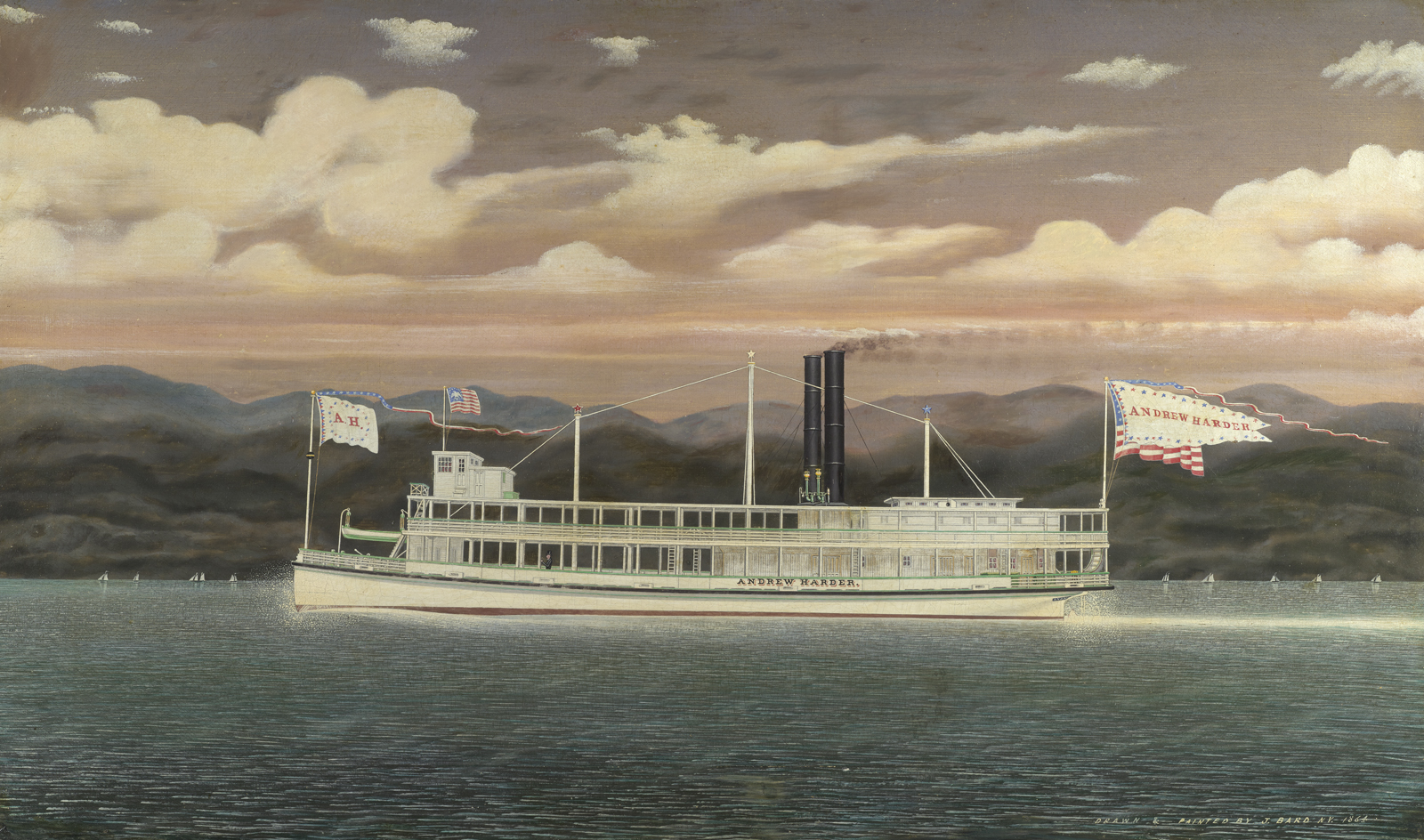
Her size made her ideal for transporting large numbers of people and animals, though she also served occasionally as a store ship. Our diarist recounts episodes of hearing battles at Bermuda Hundred, being attacked by guerrilla forces on the Potomac and Pamunkey Rivers, transporting cavalry and infantry forces to the front, bringing wounded to the rear, and taking liberated former slaves to freedom. On May 28, at Port Royal, Virginia, for example, he says that the Blacks “hade a jubelee Singing of freedom the riches thing I ever heard in my life.” That for me was the absolute best sentence in the entire diary.
Assembling the evidence
As Thomas and I dug into the logbook, the mystery of its author kept popping up. We kept getting tantalizing clues. On the cover, we saw the scrawl of a child’s name (or so we thought). The child could not have been older than about 7 or 8 years old. Below it, we saw the words Athens, Greene Co., New York. OK! We had a location! Then we saw that the diarist was a purely phonetic speller. That often made things tough for us to try to decipher. But I noticed that sometimes he occasionally substituted the letter ‘v’ for the letter ‘f’, maybe indicating some German or Dutch influence in the way he spelled.
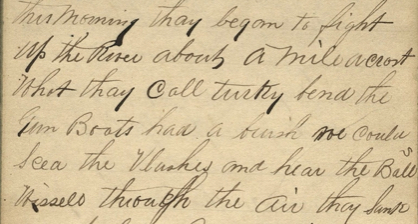
None of these observations really gave us the solution we were looking for. The mystery was as deep as ever.
We had at least one tangible piece of evidence that we knew could help, if we ever got a clue. We knew that our diarist was notified of his mother’s death on April 27, 1864. Just as tangible though less strong, we also knew the names of a half-dozen or so of his friends and acquaintances, all from Athens, NY, and all born in the early 1830s (Ancestry.com is your friend in these searches). We also knew the owner of the boat, Mr. Peter Bogardus. Our logbook keeper mentions a Bogardus several times, and I was able to come up with his first name through that invaluable resource, the ship’s data notebooks of the Elwin Eldredge Collection. Those notebooks contained all the information Eldredge had compiled over decades on every steamship he ever heard of. Eldredge had, in fact, several pages devoted to the Andrew Harder. Eldredge’s notebook pages become even more important in our story later.
Of Rabbit Holes and Dry Wells
How about using the Official Records of the Union and Confederate Navies? The ideas wasn’t bad, and it helped us later identify a mystery ironclad that our diarist would talk about but never name. He would only call it a “Moniter” (it was the captured Confederate ironclad Atlanta). As the logbook’s date is 1864, we knew which vessel he wasn’t referring to. The US steam battery Monitor had sunk over two years earlier. Besides, our man wasn’t a Naval officer. Our Civil War Army transports book identifies the steamer Andrew Harder as a charter to the Army. So, should we use the The War of the Rebellion: a Compilation of the Official Records of the Union and Confederate Armies? It is a massive, daunting work, and for us it was also a dry well. The captain’s name seemed stubbornly shrouded in mystery.
Thomas and I gave up. He finished his transcription of the logbook, and was doing a good deal of research on the battles and skirmishes that Andrew Harder was present for, actions that took places along the James, Pamunkey, Mattaponi, and Potomac Rivers in 1864. I continued to stew. Why could we not solve this mystery?! Where was the key to open the lock?
Eldredge to the rescue!
I knew I wanted to meet Thomas face to face, and give him the chance to actually see and handle the logbook he’d worked so hard on. So I invited him to spend an hour, masked and socially distant, with his logbook. I also thought I’d pull some other things for him to look at. So I got out the pages on the Andrew Harder from Eldredge’s ship’s data notebook. This time I read them carefully.
Back to the notebooks
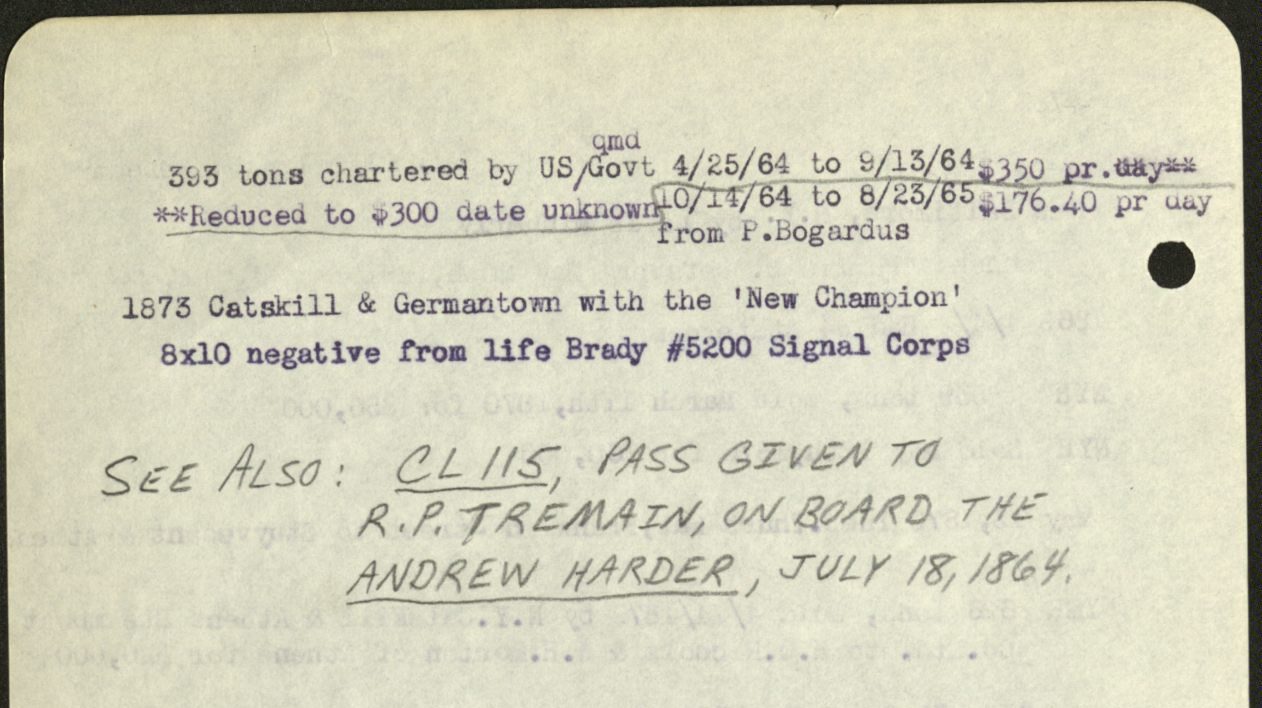
Eldredge typed mostly on one side of a page, but he will occasionally turn the page over and type on the back as well. I had not noticed that he had done so on one of the pages. I turned it over, and saw in handwriting added by a Mariners’ archivist a reference to a document number. This document number was from a classification system in use at the library before the year 2000, but there are still a few boxes of documents that have never been brought into the modern system we use now. So I went looking, and found it.
More Eldredge evidence! Cracks in the wall of the mystery.
CL115 is a pass that was originally in the Eldredge Collection and was separated out in the manner of our pre-modern cataloging method. Brig. General Daniel Henry Rucker of the Quartermasters Department had issued it July 18, 1864, and addressed it to the Guards. It was issued to one R. P. Tremain, in the employ of the Q. M. D. (Quartermasters Department) on board the A. Harder.
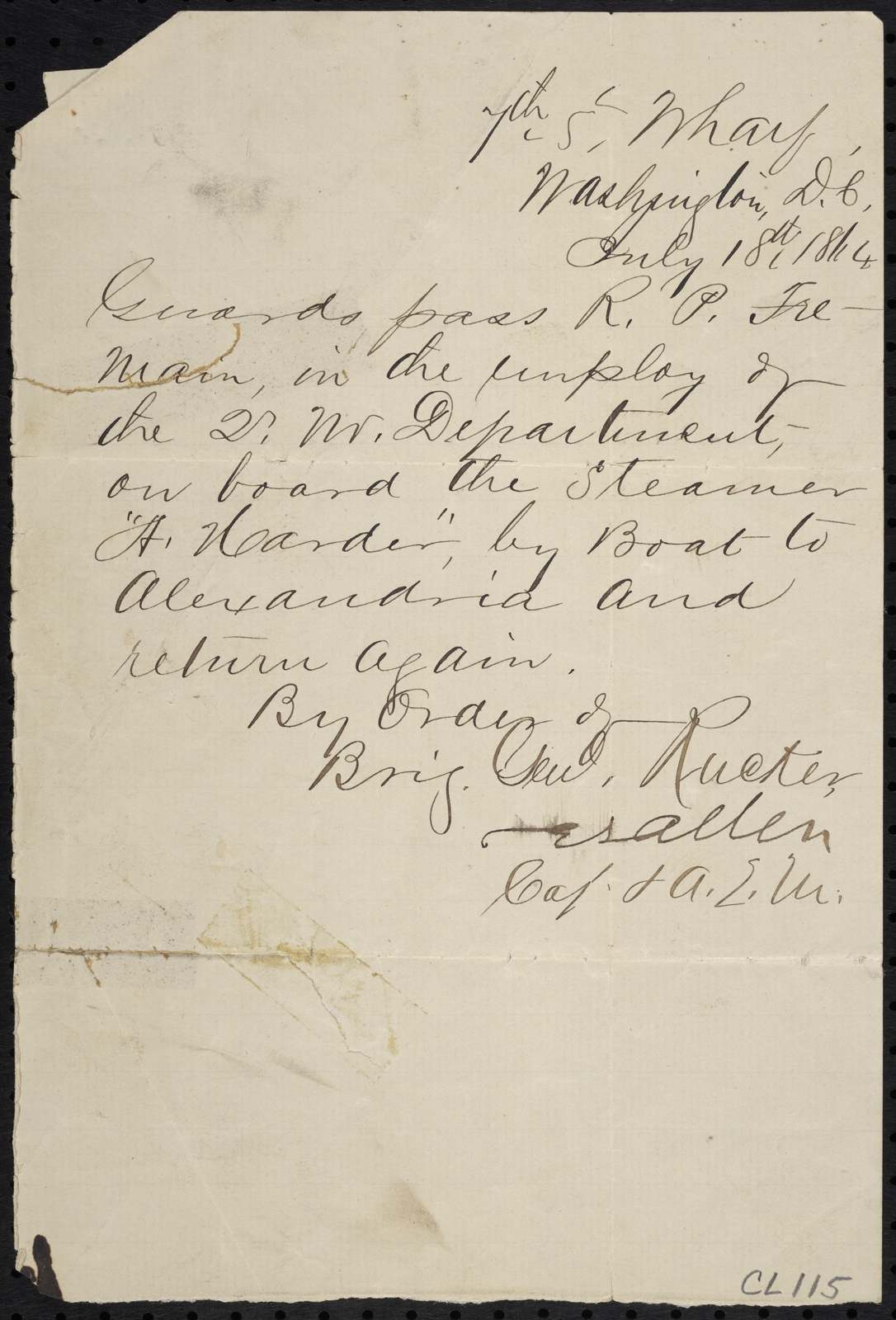
Now here was a break! I had never seen Tremain’s name before in the log. And this person was in the employment of the Quartermasters Department, which in those days provided logistical support to the Army, including chartering ships to use as hospitals, transports, commissaries, storage ships, etc. These are exactly the activities that the Andrew Harder had been doing, including providing transportation for “contraband”, those emancipated formerly enslaved Blacks I referred to above. According to Logbook 192, the steamer was indeed at Washington and Georgetown on July 18. Could R. P. Tremain be … her Captain?
The mystery solved! (we’re 95% sure)
We needed proof. Ancestry.com provided the information to seal the deal. Robert Porter Tremain, born 1830 in Athens, New York, registered for the draft in 1863. His mother, Deborah H. Tremain Jerome (his widowed mother had re-married), died in 1864. The notice of her death came from a person he just calls “Myes”. I believe that person could be Tremain’s half-brother, Matthew M. Jerome, then nearly 19 years old. Robert P. Tremain, the records say, lists as his profession, “Boatman”, and by 1870, he lists “Steamboat Captain”. Robert had married in 1851, and his first child, Augustella, was born the day after Christmas, 1863. It is her signature, barely discernible, “Gustella D” that we see at the top of her father’s diary. We also see her initials scrawled lightly in pencil on 2 pages of the diary, ATr.
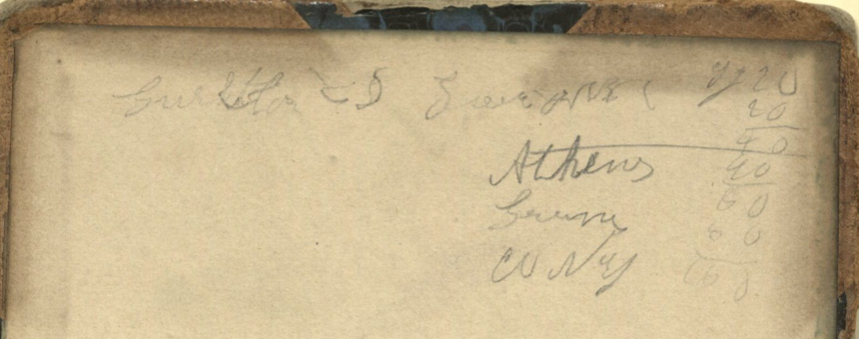
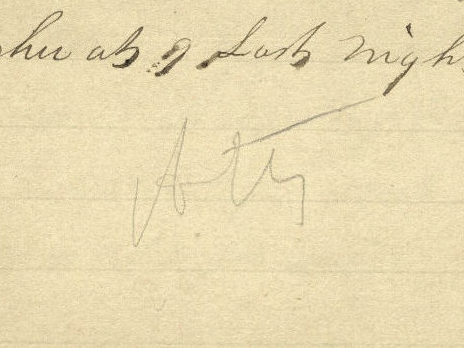
It is true, the case isn’t quite as air-tight as we would like. Our diarist does not say in his entry on July 18 that he went to Alexandria. Other crew members, perhaps former boatmen, might have also been in the employ of the Quartermasters Department and had mothers die in 1864. I might be mis-reading a terribly difficult bit of handwriting on the paste-down. But I myself think it is sufficient evidence.
Why does it matter?
Why is it so important that we solve the mystery of the captain of the Andrew Harder? Because this museum has a mission to connect people to the world’s waters, and through the waters, to each other. I asked Thomas to contact the Greene County Historical Society in Athens, NY, in part to see if they could help with identifying our mystery writer. But I also asked Thomas to provide them with a copy of his complete transcription. I felt it was important that the people of Athens, through their historical society, know that in 1864 somewhere in Viginia, Robert Porter Tremain of their city helped to support the causes of freedom and Union. A descendant might find a reference to the logbook, perhaps though the Greene County Historical Society, perhaps through this blog, and get to know something about their family’s story. And that is precisely why we are here and why we do what we do.